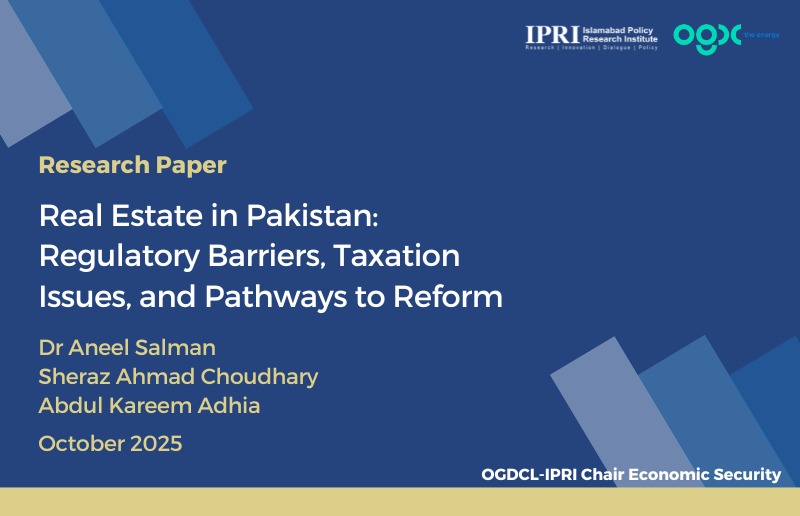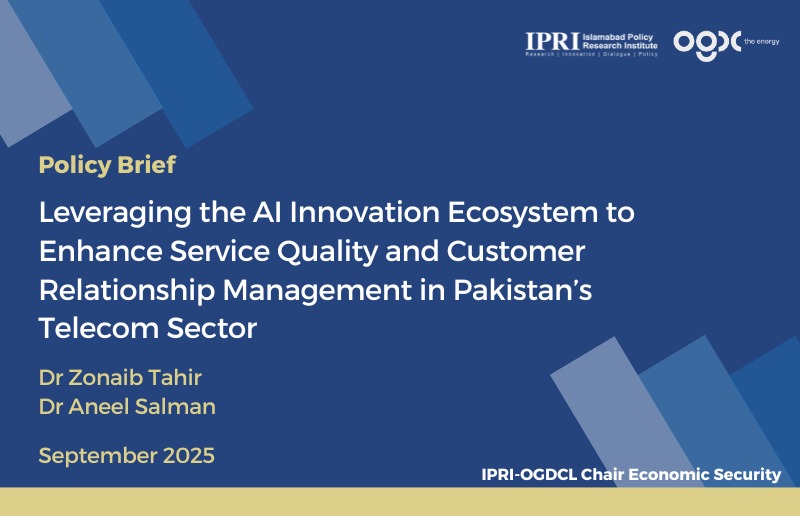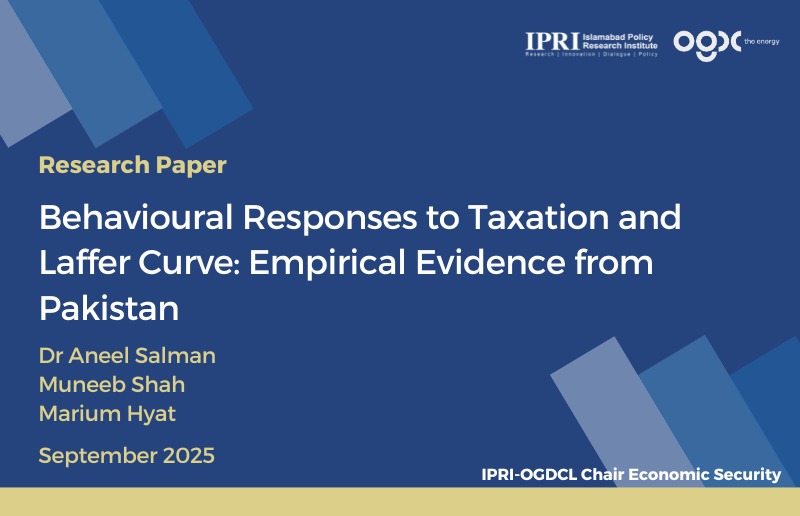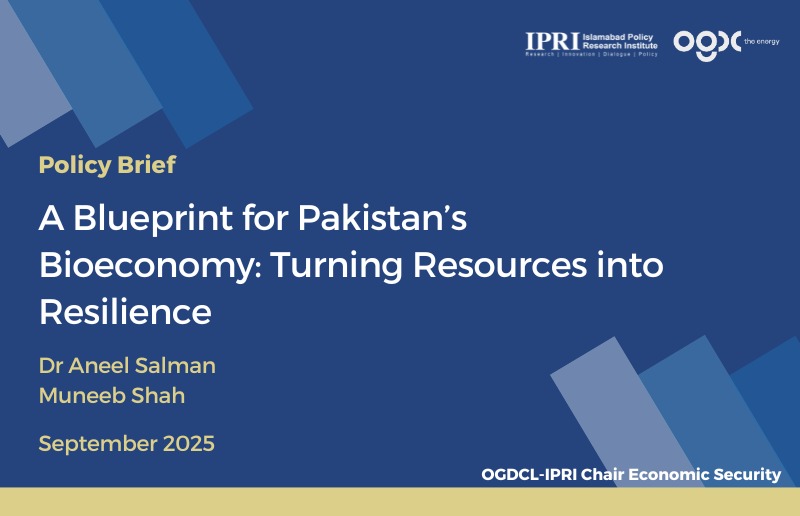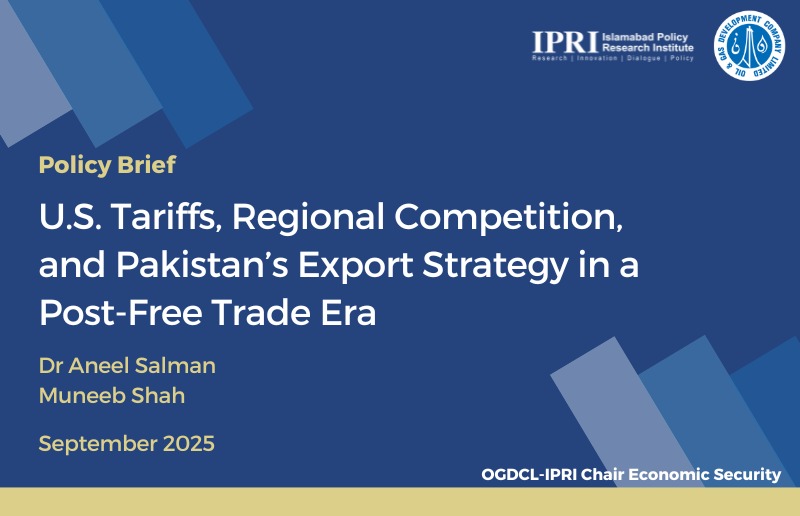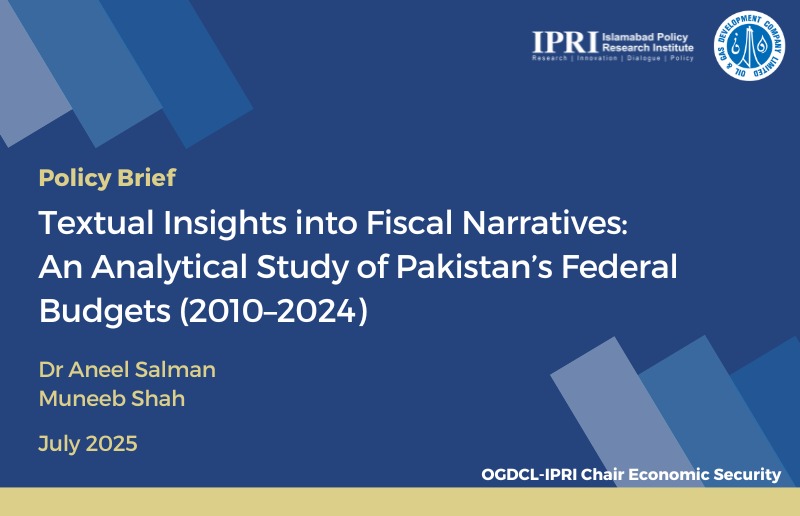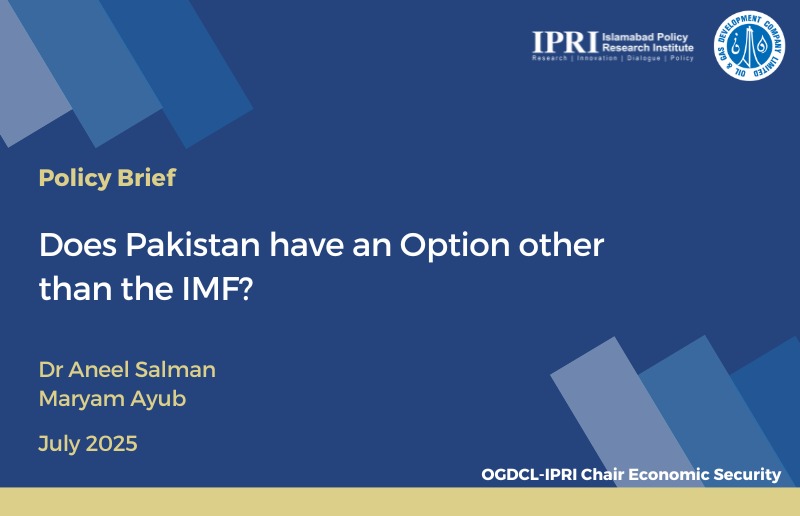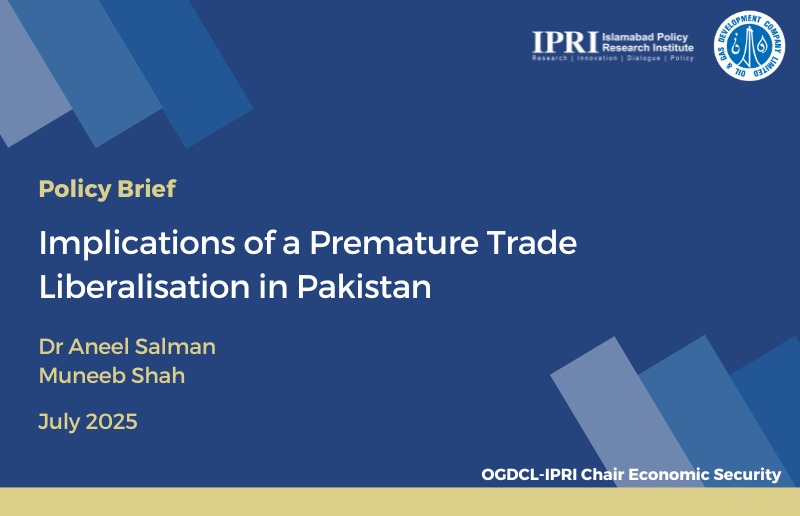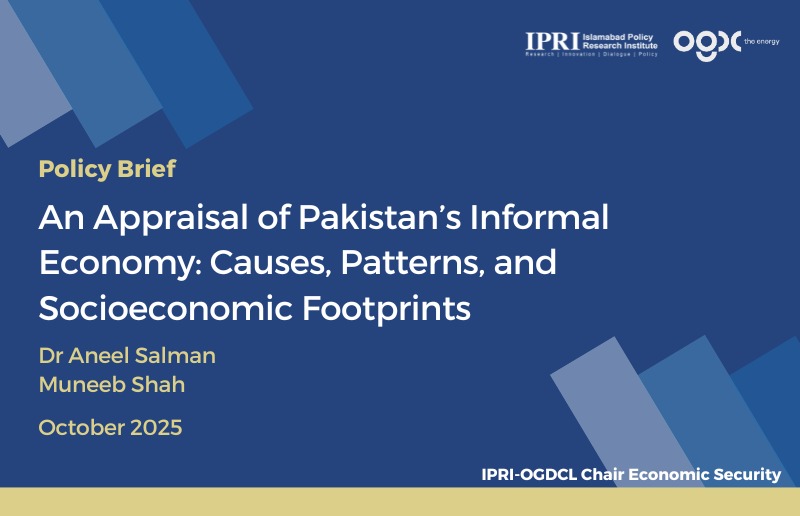
Download
Informality remains a defining feature of Pakistan’s economy. It acts as an employment shock absorber. It however constrains fiscal growth and productivity levels. This study examines the scale, pattern, size, and structural implications of Pakistan’s informal economy. Based on data from the…

